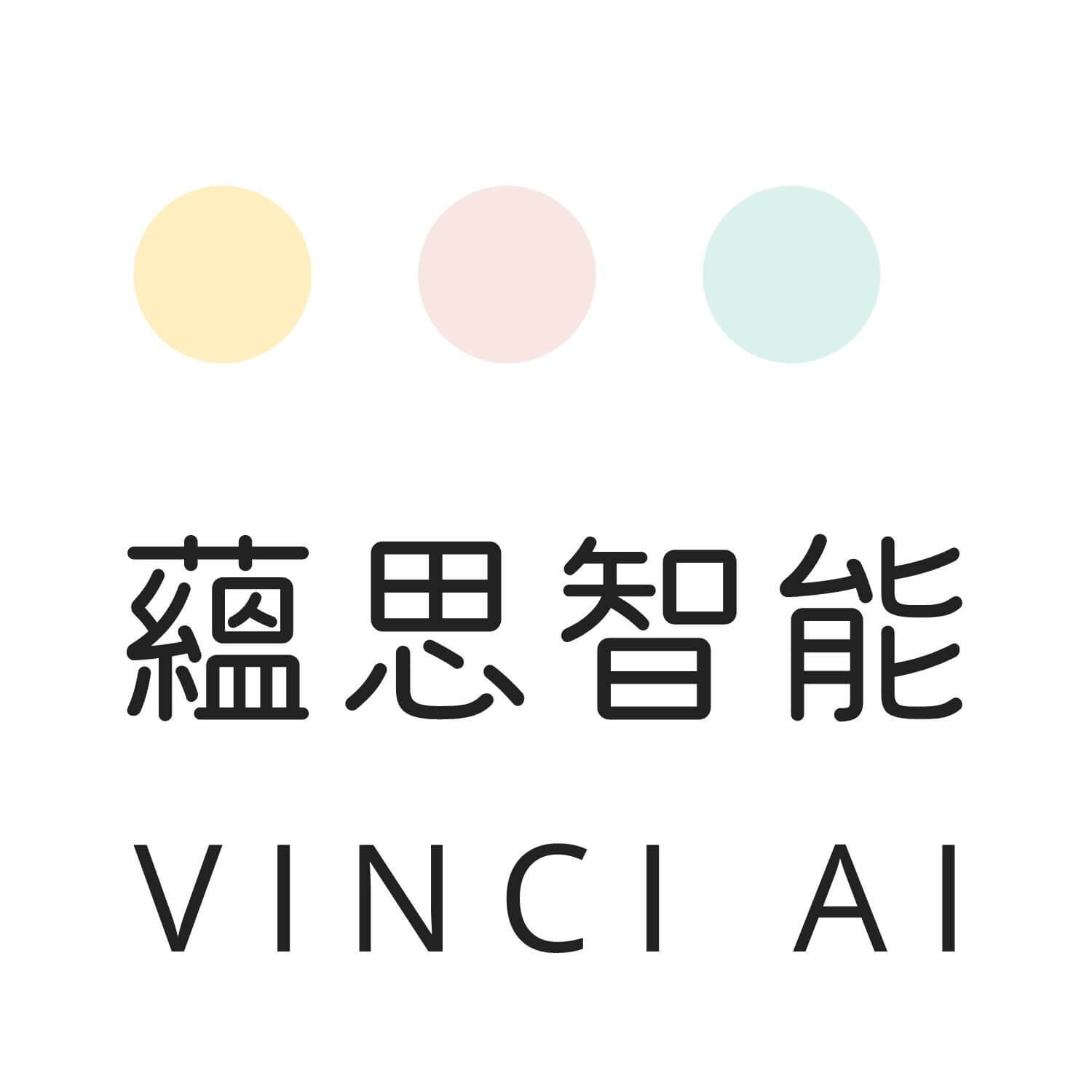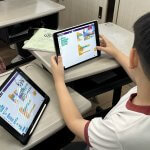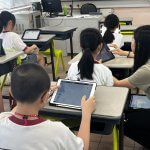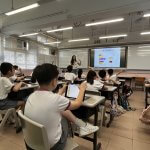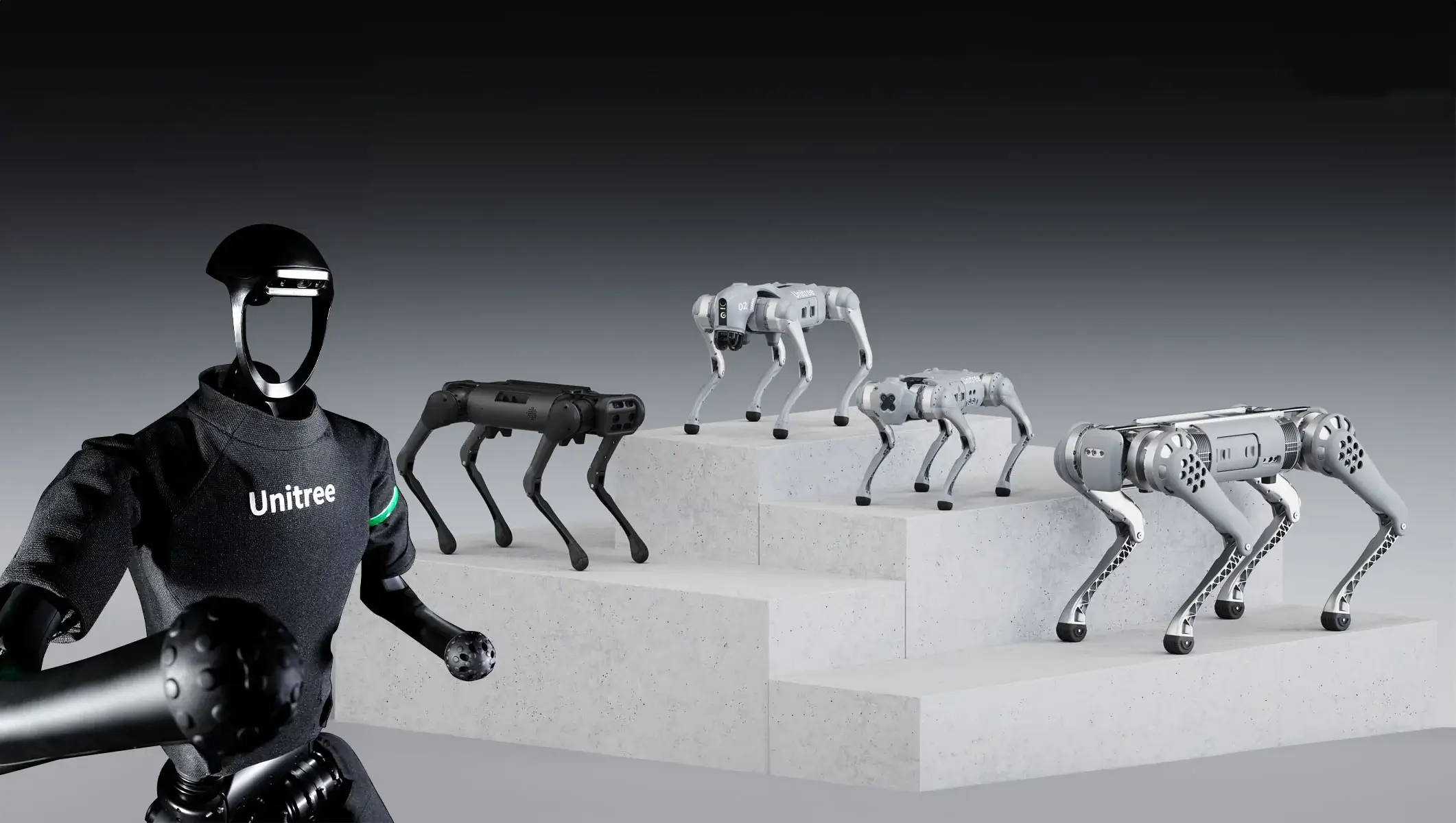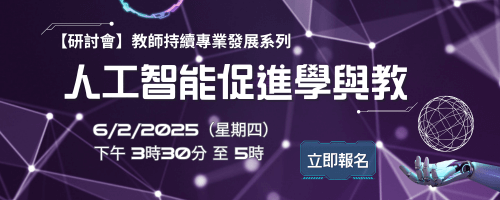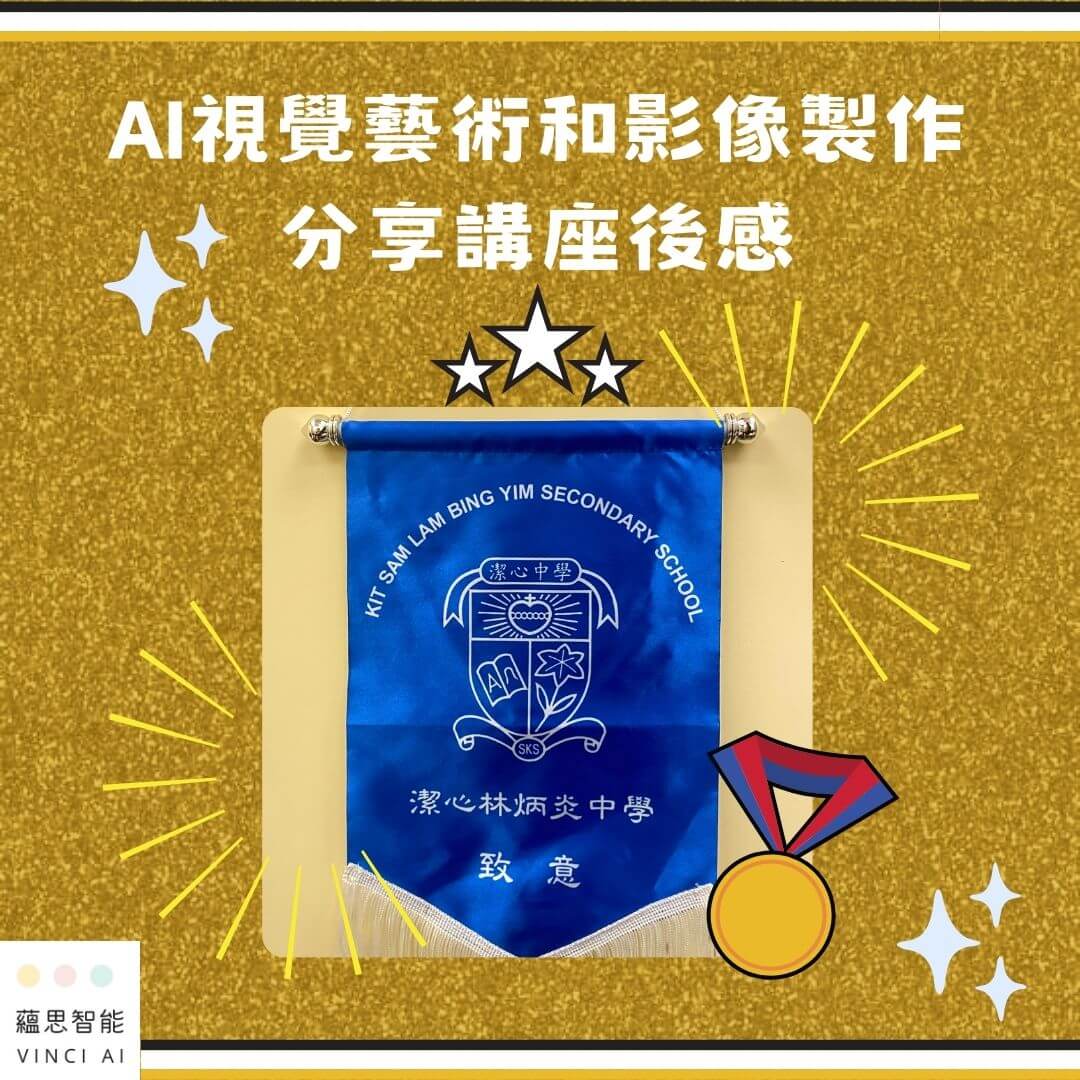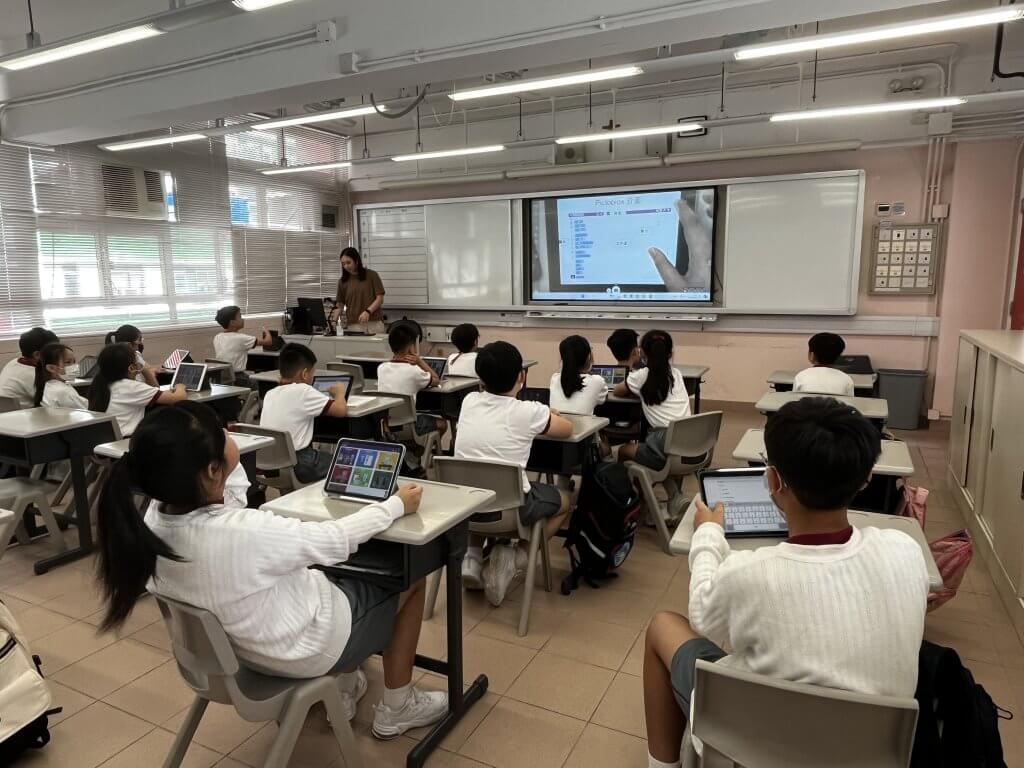
In today's digital age, artificial intelligence (AI) has penetrated into all areas of our lives, including education and sports. In the field of education, especially in teaching science, technology, engineering and mathematics (STEM), the application of AI provides students with a unique learning experience. At the same time, in the field of sports, the application of AI has also brought innovation and change. Let’s dive into why it’s important to use AI to teach STEM and apply AI in sports. Last month, we held Stem Day at Oblate Primary School. Let’s review our AI STEM Day full of inspiration and surprises. This is a grand event that inspires Stem learners’ innovative journey. Through this activity, we explored the technological world of the future, allowing children to learn while having fun and grow while learning. Let's review these wonderful moments together!
Highlights at a glance
– Introduction to Pictoblox AI:Gain an in-depth understanding of the Pictoblox AI platform, master the graphical programming interface, and learn basic knowledge such as variables and conditional statements.
– Gesture recognition model:By training the gesture recognition model, we created an AI model that can recognize "scissors, rock, and paper" and optimized the accuracy and response speed.
– Squat counting model:I learned how to train a squat counting model, made a model that can identify squat movements and count reps, and optimized the accuracy and counting functions.
– Creative game development:In the backup activities, I learned the principles of game design, used Pictoblox AI to create the "balloon" game, and tested and optimized its interactivity and entertainment.
This STEM Day not only allows children to experience the fun of technology, but also inspires their passion for innovation. Through AI STEM learning, students will be able to develop problem-solving skills, logical thinking and creative potential. Let's explore the future together, let children learn through games, and prepare for future challenges!
Why use artificial intelligence to teach STEM?
Provide a personalized learning experience
AI technology can provide personalized teaching content based on each student's learning style, pace and needs. Through AI platforms such as Pictoblox AI, students can master programming through a graphical programming interface, from variables and data types to conditional statements and loop structures, developing their problem-solving and logical thinking skills in the process. This personalized learning approach not only improves students' learning motivation, but also helps them master knowledge at their own pace, thereby enhancing their self-confidence and sense of learning achievement.
Increase interactivity and entertainment
Through gamified learning methods, students’ interest and investment in STEM fields are enhanced. AI technology can be used in creative game development, such as designing a "balloon" game, allowing students to learn game design principles, design game rules, and optimize the interactivity and entertainment of the game. This interactive learning not only allows students to learn while having fun, but also promotes their teamwork skills and creativity.
Why use artificial intelligence in sports?
Improve training efficiency and effectiveness
AI applications in sports trainingCan help athletes train more effectively and improve performance. For example, training a gesture recognition model can help athletes improve their skills, accuracy and reaction speed; training a squat counting model can help monitor athletes' movements and count reps, improving training efficiency. AI's data analysis capabilities can also provide athletes with performance feedback to help them adjust their training plans to achieve better results.
Increase competitiveness and challenge
The introduction of AI technology in sports competitions, such as machine racing competitions, can increase the competitiveness and challenge of the competition. Students can independently carry out machine racing through design and production, which not only cultivates creativity and teamwork spirit, but also improves problem-solving skills. Such activities not only enable students to learn in practice, but also stimulate their interest in technology and encourage them to explore future technology careers.
